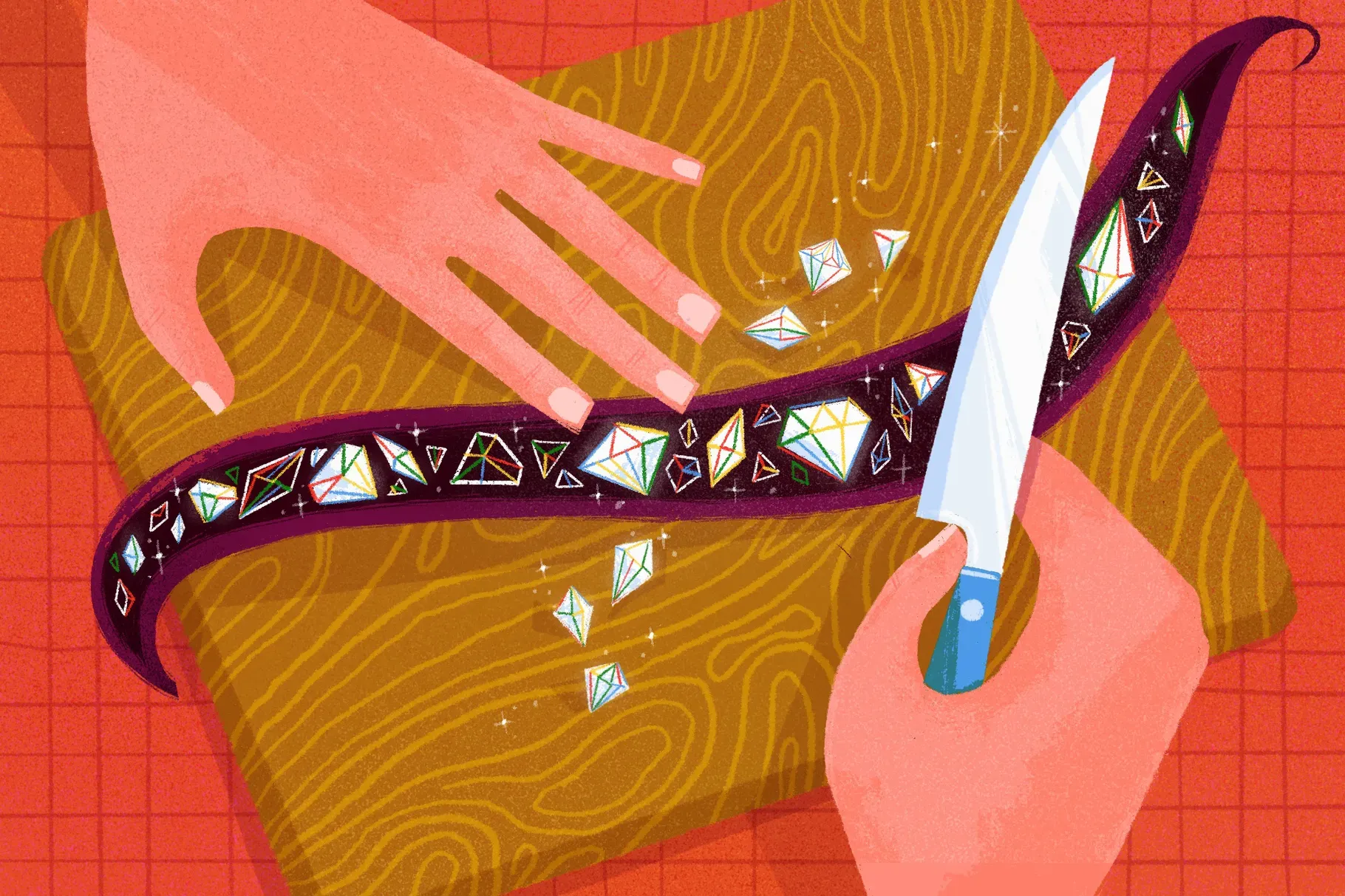From Eater.com…
Vanilla, as a concept, suffers a bad rep: The word alone implies something safe at best, and boring at worst. Basic, basically. But vanilla as an ingredient is a wondrous thing, ambrosial, floral, warm, and sophisticated. In truth, the essence of vanilla is anything but plain.
“It’s an essential ingredient, adding not just flavor, but also body and soul into a dish,” says Francis Ang, a San Francisco-based pastry chef and owner of the pop-up Pinoy Heritage. Vanilla is, of course, integral to countless pastries and desserts, adding a sense of familiarity to everything from ice cream to sugar cookies. And it’s a luxury good in its own right, the result of a wildly time- and labor-intensive harvest that must be done almost entirely by hand.
But for such a frequently used ingredient, vanilla and its subsets can be confusing to understand. With vanilla bean pods, extracts, pastes, sugars, and salts out there, how do you know which version to shop for? Why are some vanillas so much more expensive than others? And how do you make sure you’re not wasting any of the precious stuff if you do invest in a pricier option?
With those questions in mind, we spoke to a panel of experts (including pastry chefs and the author of a vanilla-centric cookbook) to help demystify the wide, wonderful world of vanilla.






